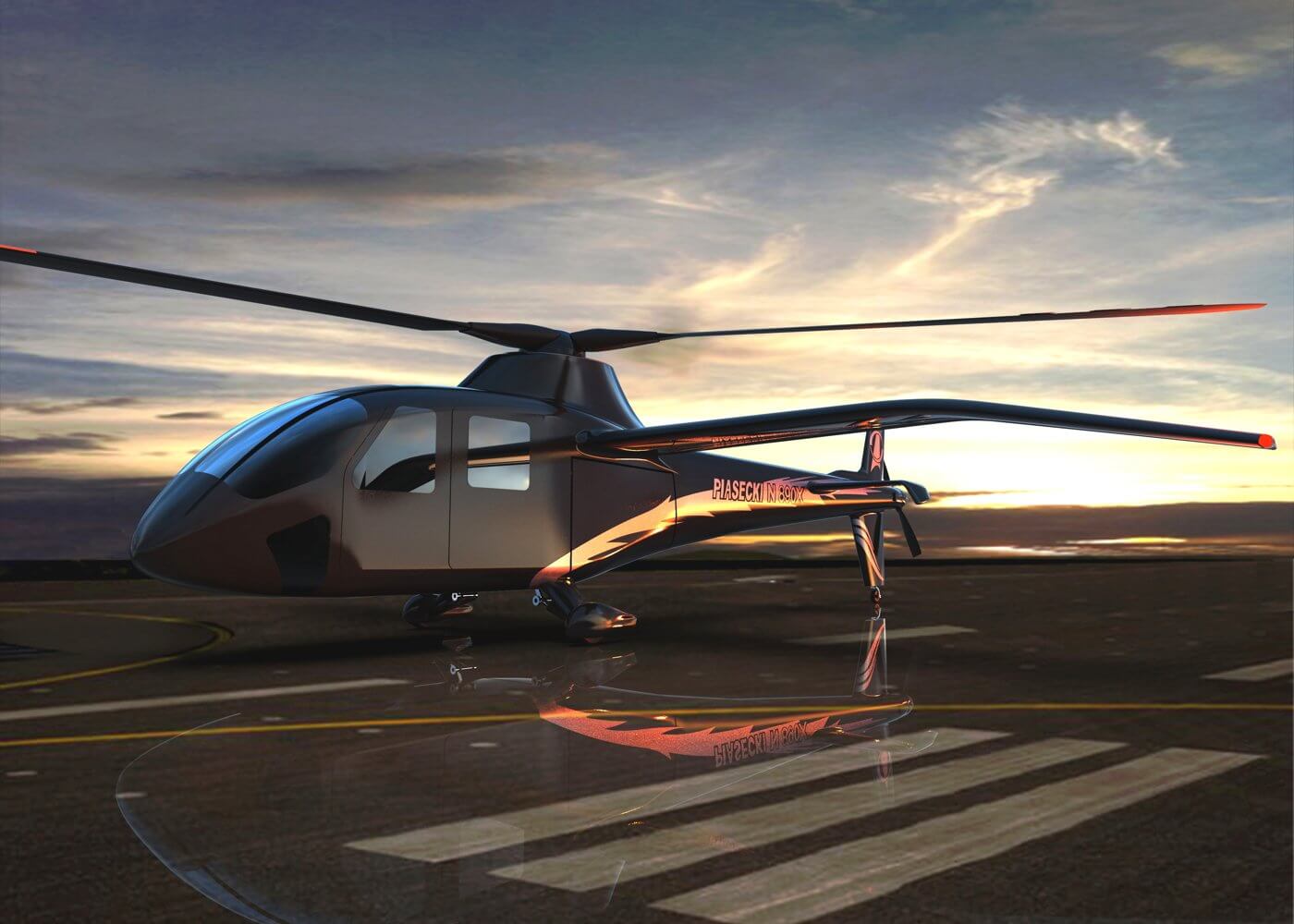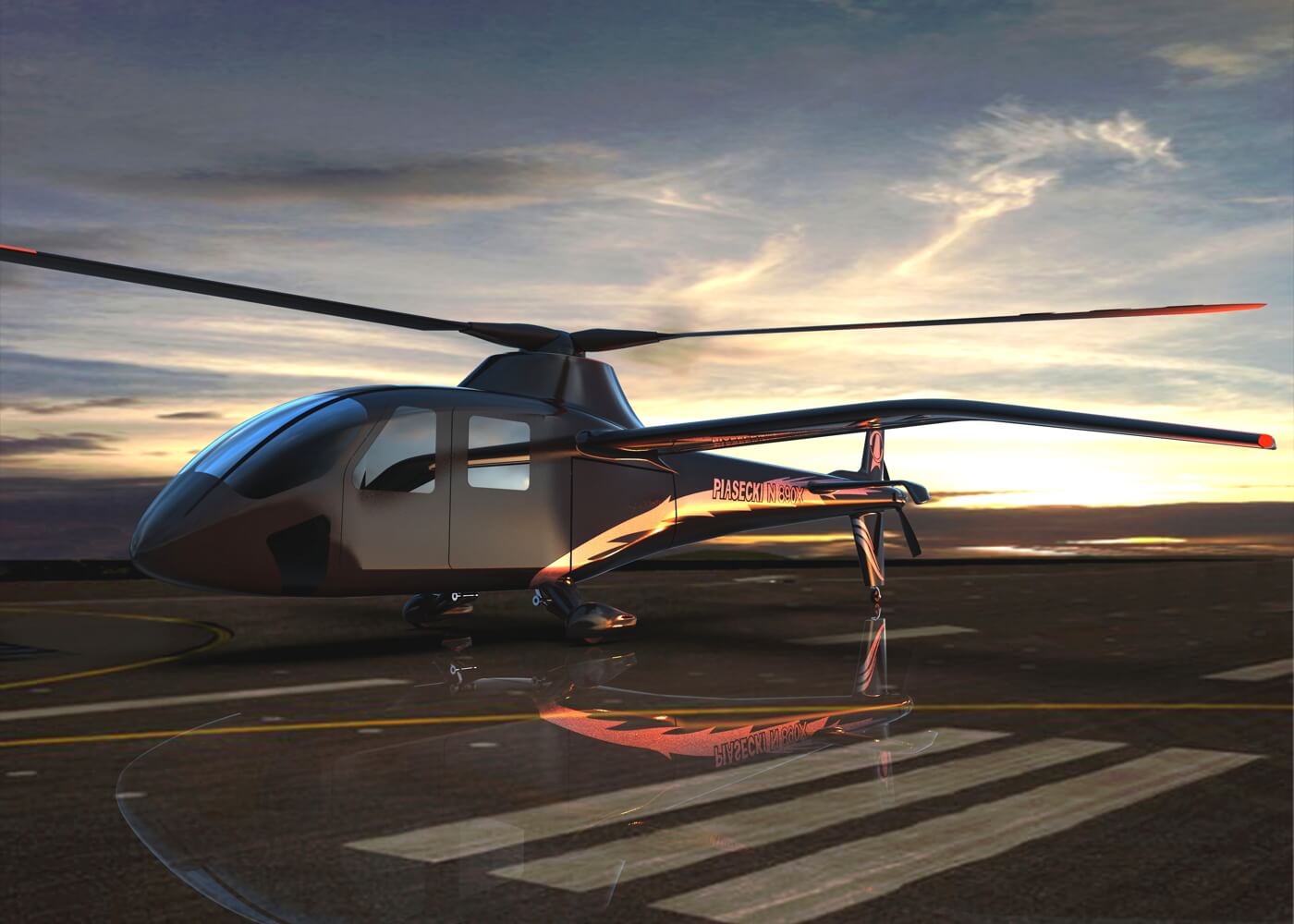The U.S. Air Force is aiming to field at least 30 hybrid and fully electric VTOL aircraft for various missions.

All week, the Air Force has hosted a virtual roll-out of its Agility Prime initiative, through which the service will break from government contracting norms and give the commercial sector a leg up in developing advanced hybrid and fully electric aircraft. It will then co-opt the resulting designs to perform military missions, according to Will Roper, assistant secretary of the Air Force for acquisition, technology and logistics.
“We want to have 30 vehicles in the Air Force,” Roper said April 29 during a Zoom call with reporters. “There are multiple companies that can do that.”
Through a series of ongoing “air race” competitions open to all comers through 2025, the Air Force is looking for a vehicle that costs between a few hundred thousand and a few million dollars that is “exceptionally cheap to operate and easy to get a pilot proficient to fly, if you have a pilot at all,” Roper said.
“We see a huge potentional to have missions that right now have drivers and to change them to flyers, but not pilots,” Roper said. “Similar to getting certified to fly a drone, that’s a lower bar than getting certified to fly an airplane. We’ve got to be able to walk that same path in the Air Force . . . and not send someone through the same training pipeline we do to fly an F-16 or an F-35, which takes a lot of time and costs a lot of money.”
The Air Force is betting that compared to other ground and air vehicles, eVTOLs could revolutionize mobility by performing various missions with less maintenance, improved safety through increased autonomy, and less noise using distributed propulsion. On top of all that, the vehicles envisioned could do what manned helicopters and airplanes currently do with greater flexibility and at a lower cost, Roper said.
Roper has been in direct contact with most of the leading commercial eVTOL companies during the Agility Prime launch and received a clear, unified message from them on how the Air Force can best support urban air mobility becoming a reality.
“It’s very clear from all of them that the way the U.S. Air Force needs to engage is as an accelerant of a dual-use market, not a funder of DoD [Department of Defense] production lines,” Roper said. “There is a definite concern and fear because historically, that’s how we’ve engaged.”
The military wants to buy the same vehicles that its investment will make available in the domestic, commercial market, Roper said. Congress has included $25 million in the Air Force’s fiscal 2020 budget and Roper said the service “will certainly have this in our ’22 budget,” but will have to work with Congress to determine how much it will spend.
“That money is going toward testing, certification and, ultimately, a bill of sale,” Roper said. “They need to not just be building experimental assets. They need to show that they have production lines with supply chains that can scale nationally.”
Because the military need will be small relative to the U.S. national and eventual international markets for eVTOL, it can serve as a bridge market to provide companies flight hours and to build confidence for regulators and governments at all levels, Roper said.
Though it will not place specific requirements on industry to develop the eVTOLs it wants, the Air Force has begun publishing desired attributes for the various air races it will sponsor. Starting with Air Race 1, or Area of Interest 1 (AOI-1), the service is looking for larger vehicles capable of carrying four to five passengers or the equivalent weight in cargo.
“We’ll start there, but we’ll have other air races where we’ll have smaller vehicles, larger vehicles, because the missions that these can do seem very flexible,” Roper said. “Agility Prime will not be just one vehicle if there’s more than one type that can succeed.”
AOI-2 seeks a smaller vehicle with a payload capacity of one or two passengers or equivalent weight in cargo, a range greater than 10 miles, speed greater than 45 miles per hour and endurance of more than 15 minutes, according to an Air Force solicitation published April 28 on the government’s contracting website.
AOI-3 envisions a cargo aircraft not necessarily designed to carry human passengers, according to the Air Force documents. It should have a maximum gross takeoff weight of more than 1,320 pounds, a payload of more than 500 pounds, a range of 200 miles or more, fly faster than 100 miles per hour and have an endurance of more than 100 minutes.
For all three categories of aircraft, the Air Force wants to see first flight of a full-scale prototype before Dec. 17, 2020, according to the AOI documents.
The Air Force will take the winning designs and usher them through acceptance of certification by the Federal Aviation Administration, NASA, Department of Transportation and other government and regulatory agencies, Roper said.
“I think once we start logging flight hours and we’ve got a gray vehicle with ‘U.S. Air Force’ painted down the side, and started showing how many flights we’ve done safely and it’s got our stamp of approval literally because our name is on the side of it, that will help make those decisions a lot easier,” he said.









